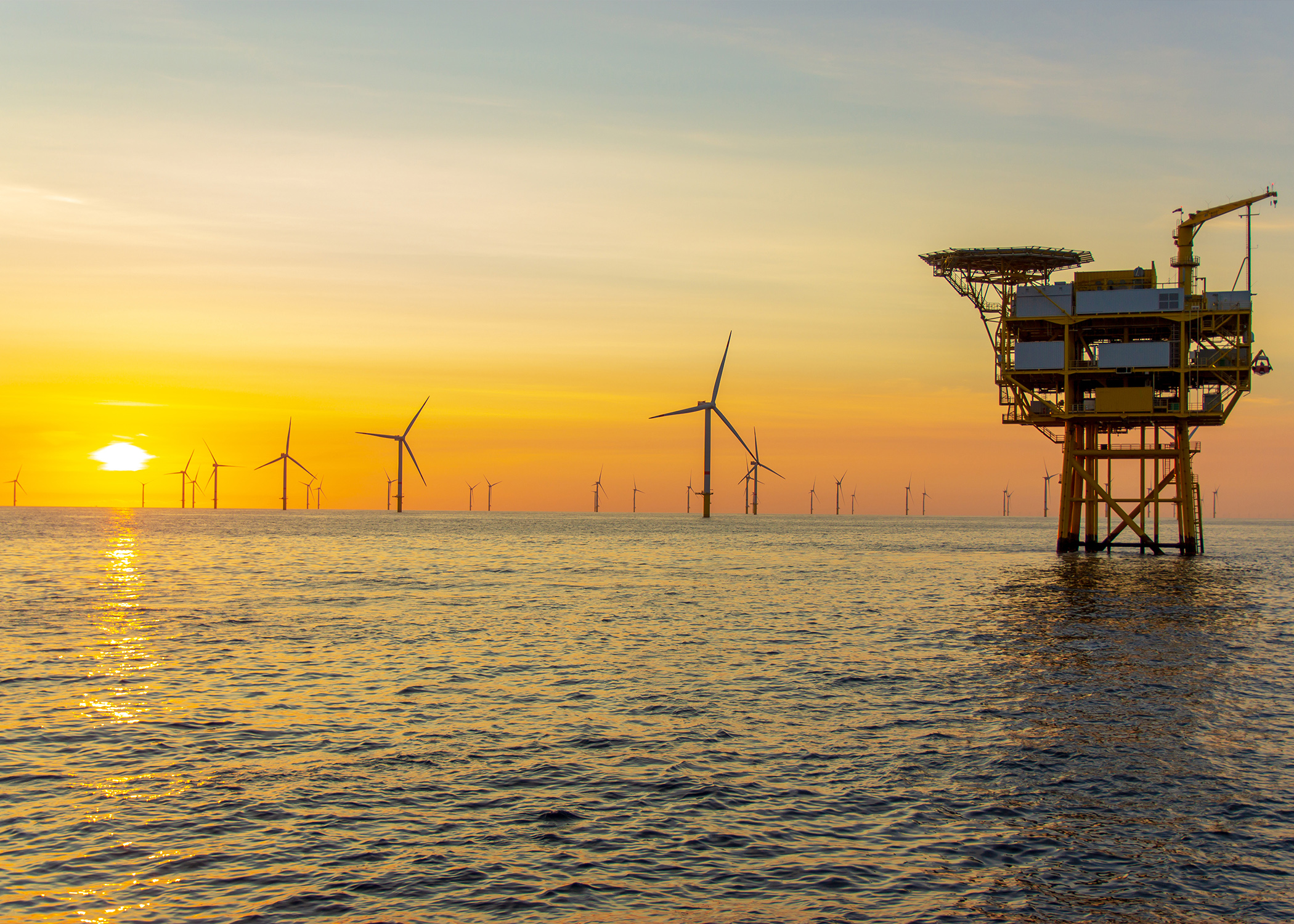
The 2024 European Offshore Wind Outlook: A Positive Spin on Renewable Energy Trends
The 2024 European Offshore Wind Outlook: A Positive Spin on Renewable Energy Trends
The European offshore wind sector is undergoing a significant transition towards more sustainable energy generation and transmission. This comprehensive review will delve into the key trends and projections for 2024, offering an optimistic perspective on the transformation of this crucial industry.
The Green Transition: A European Perspective
The European Union's Renewable Energy Directive has recently been updated to accelerate the green transition. By the end of 2022, renewable energy accounted for 21% of the EU's total energy consumption. The new target for 2030 expects renewables to represent a 42.5% share of the EU's total energy mix, up from the earlier 40% target.
The Role of the Utilities Sector
The utilities sector is leading the charge in this green electrification push. Despite challenges such as increased costs and interest rates, the sector continues to champion the adoption of green energy consumption and other climate mitigation measures.
Investment Barriers
However, the sector is grappling with soaring commodities and material costs. These financial pressures, coupled with higher interest rates and uncertainty about subsidies, have negatively impacted the expected return on investment for some projects.
The Offshore Wind Farm Development Costs
Offshore wind farm development has been particularly affected, with costs rising by as much as 40%. This led to the temporary suspension of the development of Vattenfall's Norfolk Boreas offshore wind farm, which was expected to power 1.5 million UK homes.
The Impact on Auctions and Investments
The surge in costs and financial uncertainties has also influenced offshore wind power auctions. Both the United Kingdom and Spain experienced poor auction results due to the mismatch between the government's offer and the escalating costs and funding expenses.
The Role of Debt in Capital Expenditure Plans
Capital expenditure plans are partly financed by debt, especially for network utilities whose regulated cash flow generation does not fully cover their investment plans. In 2023 and 2024, we estimate that network utilities' investment plans will surpass earnings before interest and depreciation (EBITDA) by 30%.
The Heavy Reliance on Bonds and Bank Loans
The utilities sector, being capital-intensive, relies heavily on bonds and bank loans. This means that, in addition to increased operating costs, the sector also has to refinance its debt at much higher interest rates than in the previous five years.
Growth of Capital Expenditure Needs
According to strategic plans and estimates, the top 40 European utilities are likely to invest a total of €132bn in 2024 in the maintenance and development of their grids, renewable base, and conventional energy generation assets. This represents a 5% growth year-on-year.
Investments in Renewables
The shift in European utilities' business models towards renewables is reflected in investment trends. In 2018, 33% of the total investment was dedicated to renewables. By 2024, it is forecasted that renewables will represent 52% of total investment.
Investment Destinations
In 2024, it is estimated that 70% of the investments made by European integrated utilities will be earmarked for Europe, with 30% allocated to regions outside Europe.
The Offshore Wind Industry: A Global Perspective
The offshore wind industry in the US, South Korea, and Australia has also experienced significant developments. The US has seen a flurry of Power Purchase Agreement (PPA) auctions, while South Korea launched a 1.5 GW PPA auction for offshore wind. Australia, on the other hand, opened license application windows for projects in two gigascale-sized zones.
Key Factors Influencing the Offshore Wind Industry
Several unpredictable factors have impacted the offshore wind industry since 2020. The COVID-19 pandemic slowed down global manufacturing and trade, leading to inflation and spikes in interest rates. The war in Ukraine also spurred competition for resources as Europe sought to expand its existing offshore wind capacity.
The High Cost of Construction
Another challenge for the industry is the escalating cost of construction due to inflation and scarcity of materials. For instance, offshore wind projects use more steel than any other material, and steel prices have risen significantly since the pandemic.
The Uncertainty of Funding
Funding uncertainties, slow permitting processes, and long project timelines also pose challenges to the offshore wind industry. However, with strong support from the Biden administration and many states, the industry remains resilient and optimistic.
Looking Ahead to 2024
The year 2024 is projected to be a busy year for offshore wind auctions worldwide. Europe alone aims to have 300 GW of offshore wind capacity operating by mid-century. Therefore, the next two years will be critical for governments to meet their green energy targets.
The Growth of Offshore Wind in Europe
Offshore wind energy is set for significant expansion in Europe, with several countries planning auctions before the end of 2023. Newcomers to the sector, like Norway, Lithuania, and Estonia, are also making their mark.
The Offshore Wind Industry in the US
In the US, the offshore wind industry is making strides with multiple PPA auctions and the awarding of leases in the Gulf of Mexico. The US is also considering a significant allocation of seabed rights for offshore wind projects.
Asia-Pacific's Offshore Wind Developments
In the Asia-Pacific region, South Korea and Australia are leading the way in offshore wind developments. South Korea has launched its first offtake auction with reserved capacity for offshore wind, while Australia is awaiting the results of its license application windows for two gigascale-sized zones.
Conclusion
The future of offshore wind in Europe looks promising, despite the various challenges facing the industry. With 2024 set to be a pivotal year for offshore wind auctions and investments, the sector is poised for significant growth. This transition towards green energy is not only a testament to the industry's resilience but also a beacon of hope for a more sustainable future.
